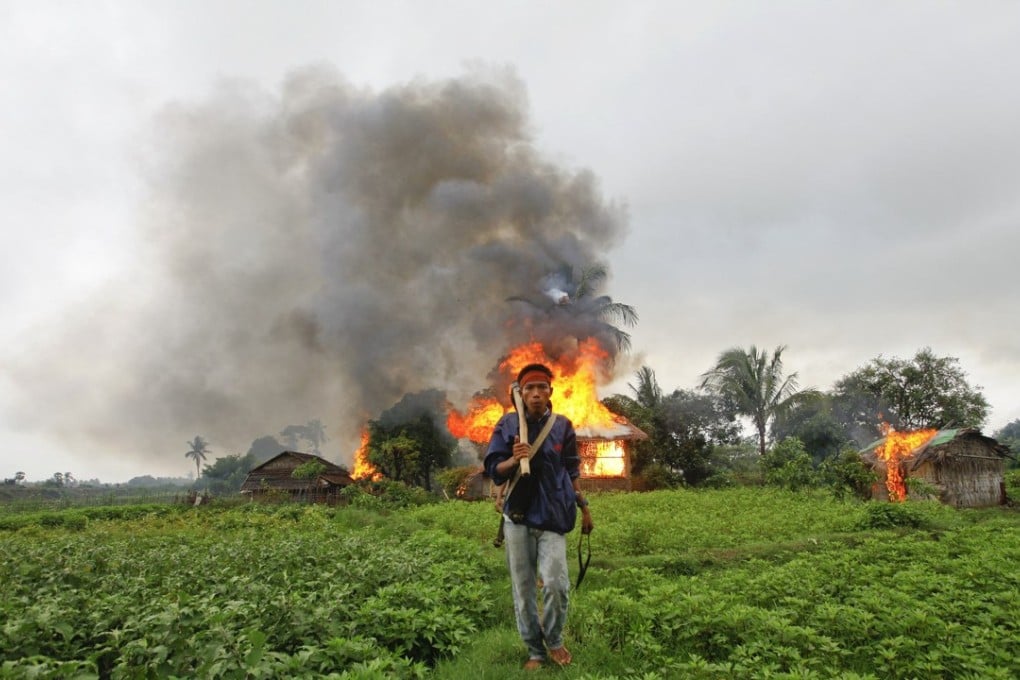Inside the Rohingya refugee camps, traumatised exiles ask why the world won’t call the humanitarian crisis ‘genocide’
China accused of self-interest by blocking moves to stop violent persecution of minority ethnic group in neighbouring Myanmar

The most recent violence had begun on August 25, 2017, when armed Rohingya groups attacked some 30 police and military posts in Myanmar, close to the border with Bangladesh. Retaliation for their actions was swift, with soldiers razing more than 200 villages, sending 600,000 Rohingya fleeing. The refugees told of Burmese soldiers attacking villages, raping women and shooting men or decapitating them with knives. They described landmines along escape routes. Each morning, corpses of Rohingya, drowned while trying to cross the wide Naf River, which divides Myanmar from Bangladesh, washed up where they had hoped to seek refuge.
Abdul brought the new arrivals to his shelter, made of discarded plastic stretched over bamboo slats, where all he had to offer was a spot on the red-clay floor. Soon, 30 people occupied its 80 sq ft (roughly 7.5 square metres). They counted themselves fortunate: most newcomers slept under monsoon-season skies. Nearly a million Rohingya crammed into the narrow peninsula at the southern tip of Bangladesh, most living in squatter settlements ringing United Nations-run camps, which have been at capacity for decades. Eventually, Abdul’s tent became so crowded he had to bed down in a nearby mosque, but, having made a similar escape 10 months earlier, with shrapnel embedded in his shoulder, he felt he had to help.
I first met Abdul in February 2017, at the end of a wave of attacks that began in October 2016. My purpose was to investigate the story of a single village – Pwint Hpyu Chaung, Abdul’s home – to establish a clear narrative in a messy war. At the time, violence against the Rohingya was under-reported, played down by the Myanmar government as a justified response to a small-scale insurgency. The Rohingya, they said, were burning down their own houses to win international sympathy. For years, Myanmar’s military has refused to let outsiders into the region, making refugees’ stories almost impossible to verify.
I hoped that by comparing accounts of dozens of witnesses in the camps with testimony of sources inside Myanmar, I would establish what had happened in Pwint Hpyu Chaung.